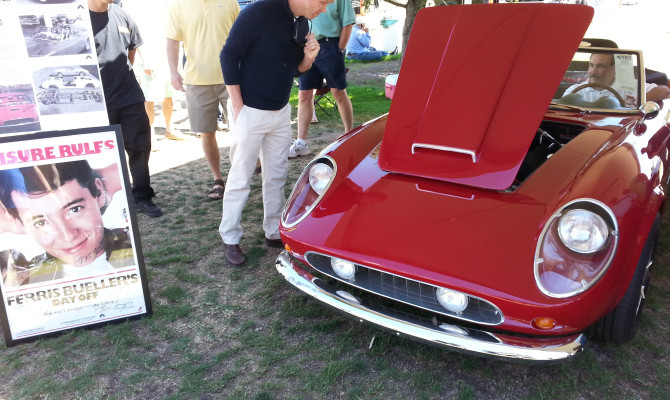The North American International Auto Show (NAIAS) has announced that Pixar Animation Studios, will participate in the 2017 NAIAS – hosting a press conference on Sunday, January 8, 2017. Those attending will get an early look at their upcoming summer film, “Cars 3” and the debut of a life-size version of one of the film’s car stars.

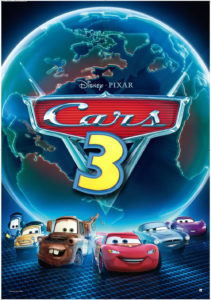
“Having Pixar choose to join NAIAS and share an early sneak peek at their next film – from one of the most famous movie franchises in the studio’s storied history – is proof that Detroit is home to all facets of automotive, whether it’s fantasy or real-life,” said Sam Slaughter, 2017 NAIAS Chairman.
Along with its press conference, Pixar will create a special “Cars 3”-themed display on the show floor for the thousands of journalists and nearly a million individuals that will visit during the run of show.
“With every film that we make at Pixar, we do our best to create worlds and characters that ring true to our audiences,” said “Cars 3” director Brian Fee. “A huge part of doing this successfully lies in the extensive research that we do on each film. ‘Cars 3’ is a love letter to racing and its roots, so we could not be more excited to be a part of the North American International Auto Show to share a little bit of our film with our fellow car enthusiasts.”
Here’s a foretaste of the movie’s plot: Blindsided by a new generation of blazing-fast racers, the legendary Lightning McQueen (voice of Owen Wilson) is suddenly pushed out of the sport he loves. To get back in the game, he will need the help of an eager young race technician, Cruz Ramirez, with her own plan to win, plus inspiration from the late Fabulous Hudson Hornet, and a few unexpected turns. Proving that #95 isn’t through yet will test the heart of a champion on Piston Cup Racing’s biggest stage!
Directed by Brian Fee (storyboard artist “Cars,“ “WALL•E”) and produced by Kevin Reher (“A Bug’s Life,” “La Luna” short), “Cars 3” cruises into theaters on June 16, 2017.
“Hagerty Price Guide shows the values of 1970s Cadillacs to be up 25 percent in just the last three months.”
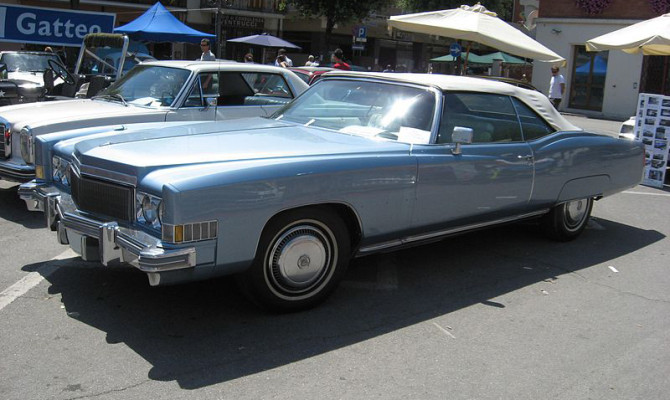
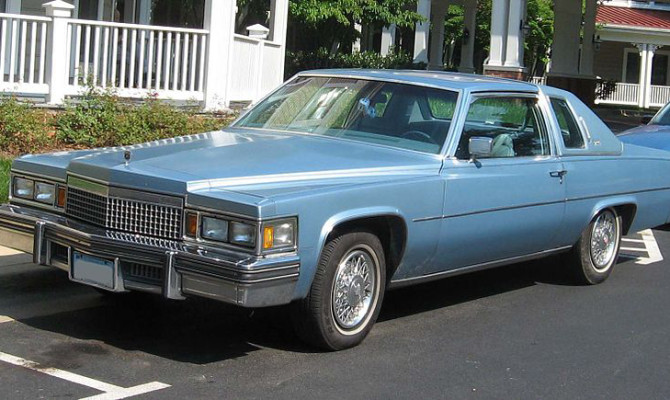
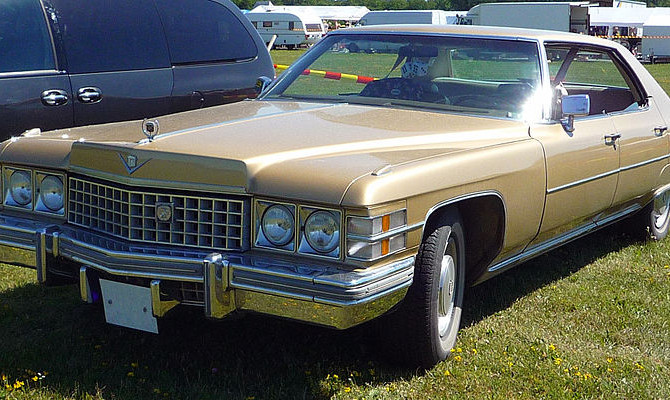
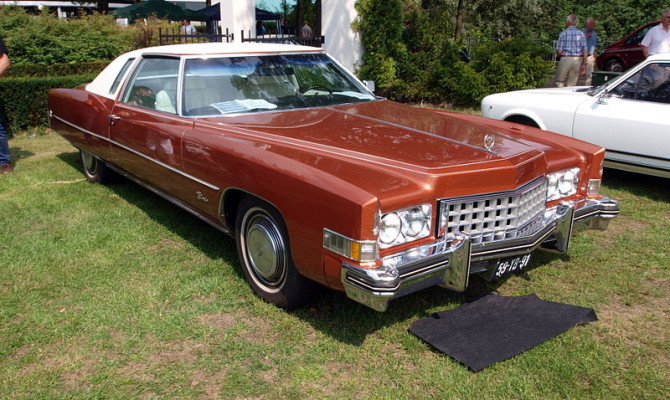
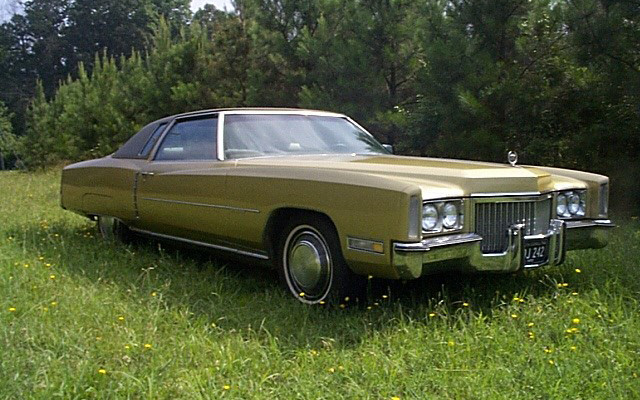
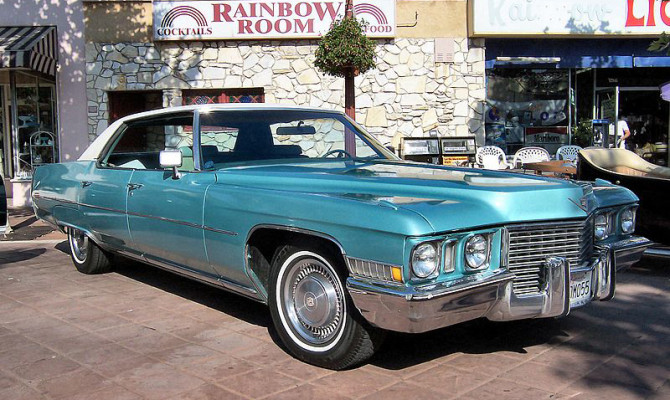
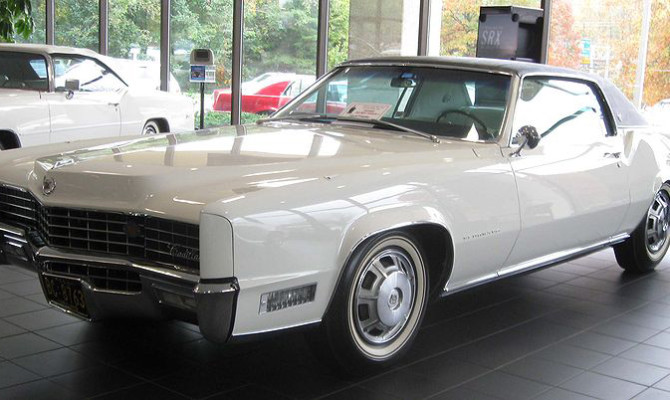
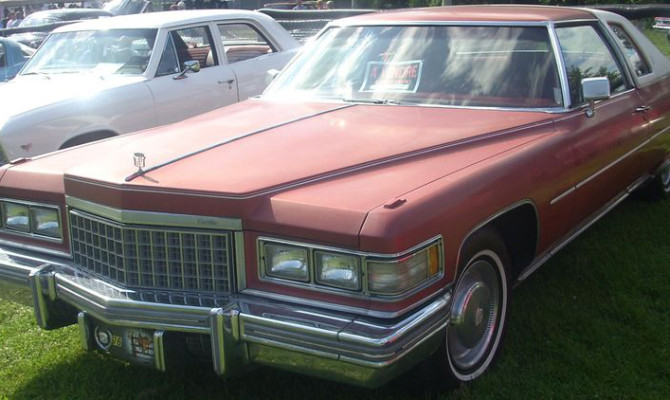
It’s well known that men of a certain age have an insatiable appetite for Martin Scorsese films.
Few films lend themselves to repeated viewings like the modern classics Goodfellas and Casino. As Gen-Xers (who make up much of the fanbase of 1990s Scorsese films) start to come into some real disposable income, a good number of them seem to have been inspired to collect the cars of their favorite unsavory screen characters – guys with names like Ace Rothstein, Nicky Santoro, Paul Cicero and Johnny Roastbeef. Call it the “Goodfellas Effect” if you want, but the Hagerty Price Guide shows the values of 1970s Cadillacs to be up 25 per cent in just the last three months. Here are four favorites:
The 1967 Eldorado was the second shoe that GM dropped after the magnificent 1966 Oldsmobile Toronado. Another big GM front-wheel-drive car with fantastic styling, many of its styling cues — particularly the knife-edged rear end treatment — still show up on today’s Cadillacs. Not surprisingly, ’67 Eldos are particularly menacing in black. Although Robert De Niro’s “Casino” character Sam “Ace” Rothstein was fond of newer Eldos, several of the gorgeous older cars show up in the background of the film.
1971-78 Cadillac Eldorado
The 1967-70 Eldo was a paragon of Bill Mitchell good taste. Let’s just say that the 1971-78 Eldo was a bit more Superfly than Don Draper. Still, with its massive 500-cubic-inch V-8, this was a car with more presence than Big Paul Castellano. They’re all over the film “Casino,” as they were in real life in 1970s Vegas. It’s hard not to start humming Tony Bennett’s “Rags to Riches” when you see one.
1971-76 Cadillac DeVille
At a tick over 19 feet long, the 1971-76 DeVille was one of the largest cars of the decade in exterior dimensions and the largest in terms of interior volume. Trunk size was off the charts — just the thing for “The Simpsons’” resident goodfella “Fat Tony” (voiced by the great Joe Mantegna) to transport his suspiciously body bag-shaped “yard trimmings.” The full-size DeVille was available with an equally massive 500-cubic-inch Cadillac V-8 (incidentally, that’s 0.6 cubic inches for each time the f-bomb was dropped in “Goodfellas”). Not surprisingly, many of these cars were assembled in North Jersey at the Linden Cadillac assembly plant, a stone’s throw from Fort Lee, where part of “Goodfellas” was filmed.
1977-86 Cadillac DeVille
While the DeVille was significantly downsized for 1977, it lost none of its swagger and appeal. The initial engine offered still displaced 425 cubic inches and somewhat amusingly, the “yard trimming” capacity went up when the trunk size actually increased. A Coupe de Ville (hot pink with a white vinyl top) led to the demise of Johnny Roastbeef and his wife in “Goodfellas” when Johnny ignored Robert De Niro character Jimmy Conway’s direction not to do anything flashy with the Lufthansa heist money. The window sticker was still on it when Johnny took his last ride
Rob Sass writes for Hagerty Insurance. Hagerty is the world’s leading specialist provider of classic car and boat insurance. Learn more at hagerty.ca.
Bad things often happen to good cars in the movies.
Here are five that make car lovers squirm.
1961 Ferrari 250 GT California Spyder (Ferris Bueller’s Day Off)
This scene is perhaps the most famous bit of classic car mayhem in all of moviedom. In it, the Ferrari is seen placed on jack stands running in reverse in a hilariously stupid attempt to remove the miles that had been put on the car during the day’s class-cutting good fun in Chicago. In a fit of frustration directed at his misplaced-priorities jerk of a father, Cameron Frye (Alan Ruck) accidentally kicks the car off the jack stands and it sails out of its glass enclosure into the woods below. Happily, as you’ll read with the Miura and the Aston below, it wasn’t a real California Spyder.
1970 Dodge Challenger (Vanishing Point)
The ’70 Dodge Challenger (one of about five used for the film) meets a fiery end when the protagonist of the film (played by Barry Newman) drives it into a bulldozer being used as a police road block.
1967 Lamborghini Miura P400 (The Italian Job)
The Miura is probably the most beautiful mid-engine sports cars of all time. And that’s what makes this scene so hard to watch. In the opening scene of the movie, mobsters destroy heist-plotter Roger Beckerman’s (Rossano Brazzi) Miura with a backhoe and push it over a cliff. A small consolation is the fact that an actual intact Miura wasn’t destroyed. Just body panels over an empty accident-bent chassis. Interestingly, when the producers went to clean up the mess the next day, the remains had disappeared. Neither the chassis tag nor any of the pieces have surfaced to this day.
1979 Porsche 930 (Caddyshack)
This scene is an object lesson as to why you should never park your car with the sunroof open within a half-mile radius of where alcohol is being served: Young Spalding Smails, suffering from a case of ‘affluenza’ combined with Johnny Walker, staggers up to Dr. Beeper’s parked 930 and empties the contents of his upper GI tract into the open sunroof. The squishy sound-effect of Beeper sliding into the seat never fails to make one cringe.
1979 Porsche 928 (Risky Business)
This scene reminds us all why we should use the hand brake. Those of us who are old enough to have seen this in theatres didn’t see this one coming: Tom Cruise is enjoying a night out with the typical Pretty Woman-like, non-drug addicted hooker (played by Rebecca de Mornay) of which Hollywood is so fond. Her handbag strap pulls the gear shifter into neutral as she’s exiting the car. It rolls down a hill heading toward Lake Michigan with Cruise on the hood in a futile attempt to arrest the forward motion of the 3,800-pound 928. It ultimately comes to a stop at the edge of a wooden pier. Just as Cruise breathes a sigh of relief and starts to make his way to the driver’s door, the entire pier collapses, taking Cruise and the car for a swim in the lake. Audiences everywhere gasped audibly. The scene at the dealership where the service manager enters the waiting rooms and asks, “Which one of you is the U-Boat commander?” is priceless.
**********
Rob Sass is the vice-president of content for Hagerty Insurance. Hagerty is the world’s leading specialist provider of classic car and boat insurance. Learn more at hagerty.ca and you can email rsass [at] hagerty [dot] com
Recent Comments
- { Enjoyed your Forest of Bowland in the BMW X5M, particularly the photo of the BMW in front of the main part of Stonyhurst College where... }
- { Bantam designed the Jeep, not Willy's or Ford. The American military gave the original Bantam prototype to Willys and Ford to copy. There is plenty... }
- { All Escalades come with a 6.2-lilter V8 engine that produces 420 horsepower. A six-speed automatic is the only transmission offered and drives the rear wheels.... }
- { Alexandra is an excellent journalist. }
Popular Posts
- Journey to a ‘Sparkling’ Luxury Okanagan Resort “Four lucky readers will put a Dodge Journey’s weekend-...
- The Need For Speed: Hike Those Highway Limits More than half of those polled believe the province sho...
- Drives-U-Crazy… Erratic drivers. An early morning drive from Kelowna to Vancouver is nor...
- Readers Respond: The Pros and Cons of Increasing B.C. Speed Limits Increasing the speed limits will only increase risk to...
- Honda CR-V Review: The Compact Crossover To Get Things Done The CRV is a very stylish and aerodynamic crossover veh...


